A Conversation with Elisa Flynn
Prior to moving from the suburbs to New York City in the spring of 2000, seeing bands in the city meant schlepping all the way in through massive traffic, driving home during the wee hours of dawn, and aching the next work day.
We were fortunate to have a great roster of local bands that played routinely, but the city was always the draw. So moving to New York felt like I had hit the jackpot. The ability to see any band and be tucked back in bed in time for the next work day was amazing. I saw everyone perform: new bands, established bands, friend’s bands, co-worker’s bands, friends of co-worker’s bands. The ones l loved, like Joe Strummer and Rocket from the Crypt, I saw every date they played in the NYC. That lasted for about a year; then I started to get a bit more selective. Later, I had a baby, and it all went out the window. Now, I still love seeing live music, but I have very specific requirements for venturing out: it has to be interesting, with performers who engage the audience, convenient to home, and I’d like not to be the oldest person in the audience. Seems like a tall order? Needless to say, I’m not getting out as much.
When Brooklyn musician Elisa Flynn introduced the Tripeg Lobo series at the Way Station, it seemed like kismet. Her perfectly curated night occurs every three months and features a rotating roster of musicians. Each event has a theme; first record, songs about God, civil war, and a tribute to Harry Smith’s Anthology of American Folk Music, for example. Participating musicians perform two songs within that theme, one cover and one original composition. Interpretations may be broad, or succinctly literal. Each performance bears a unique character that adds to the synchronicity of the evening as a whole. The setting is cozy; The Way Station feels almost like the large living room of an older relative – one who really, really likes Doctor Who. There is little separation physically and mentally from the stage, which adds to the collaborative feeling of the shows. Share a table with a stranger in the beginning of the evening and before the night’s over you may become fast friends.
Elisa Fynn has a full schedule outside of her “straight job” in the arts. She has played with a variety of punk, indie rock, and American bands. Recently, she released her fourth solo album, Henry Lee. I have my reason for attending, and Elisa has her own for taking on this ambitious project:
What led you to put this series together?
A couple of things. One, I had been playing solo shows for around 5 years, and I was getting tired of the constant need to push gigs with a lineup of solo artists. The shows were starting to feel all the same, and not getting out a lot of people to come out, and I wanted to try something different. When I lived in Danbury, CT in the ‘90’s, I hung out and played with a big group of musicians and artists, and we were lways working together to create shows and events that everyone would want to come to. There was very little else to do in Danbury, and we worked hard to create our own scene. We had not only music shows, but also an art gallery where we did events and a yearly music festival. I missed that camaraderie and the idea of producing events with a group of people. So one day I had this idea about starting a variety show, and brought it to Andy Heidel (owner of the Way Station), and he gave me a slot to try it out in Sept. 2012. The first one was so successful that we made it a quarterly thing. It has not really gone into the variety show realm, but it always features 8-10 musicians and often 1 or 2 writers as well.
Is any musician invited, or do you want to create a specific atmosphere?
It’s a mixed bag. There are a few people who’ve played most or all of the shows, and always want to participate. Then there are people who’ve come and gone. I meet people at these shows, through other musicians, and so the cast slightly revolves each time. I have invited specific musicians I really like, and I’ve been pleasantly surprised by friends of friends who’ve turned out to be great fun additions to the roster.
What do you enjoy most about doing this?
So much! I love coming up with the theme (which is different every time, although we did do Murder Ballads twice), but the shows themselves are so much fun. People run with the ideas, and everyone’s take on each theme is completely different. We’ve had acts play their first show at Tripeg Lobo, as well as long time performers, and everyone is very supportive of each other. No matter what, we’re all usually laughing super hard at multiple points in the show. I really just wanted to create an event that would be fun to attend, that people would tell their friends about and make it a repeat positive experience for everyone, and I think I’ve definitely achieved that.
What do you feel the Way Station adds, as far as a setting?
I unabashedly love the Way Station. They’re one of the best venues in the city, as far as I’m concerned, because their support for music and musicians is completely whole hearted. Everyone who works there is great, but Andy and James Coyle (who does sound and booking) work continuously to make the venue a positive place to play and see shows. Tripeg Lobo typically features around nine different performers, including Elisa who is sometimes accompanied by some of the evening’s participants. It’s always different, and that’s what seems to make it exciting for both the musicians and the audience. For me, it’s the perfect opportunity to get a sense of the local music scene. And to be honest, it gets serious bonus points for letting me get to bed at a reasonable time.
TriPeg Lobo hosts the next installment of this series on June 22nd, from 8-10pm at The Way Station (683 Washington Avenue). The theme is RunRunRun: Songs of Escape. To learn more about the series and find upcoming events, visit www.elisaflynn.com.


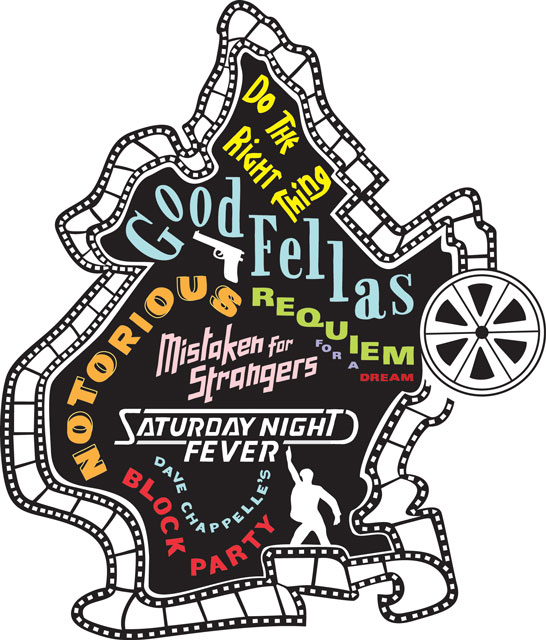 Think about your favorite movies; now think about the music in them. In some cases, it’s almost impossible to separate the movie from the soundtrack; it’s so intertwined with the plot. Not only do they provide mood and context, they ensure that the film appeals to an additional sense. Music can make a memorable scene iconic.
Think about your favorite movies; now think about the music in them. In some cases, it’s almost impossible to separate the movie from the soundtrack; it’s so intertwined with the plot. Not only do they provide mood and context, they ensure that the film appeals to an additional sense. Music can make a memorable scene iconic.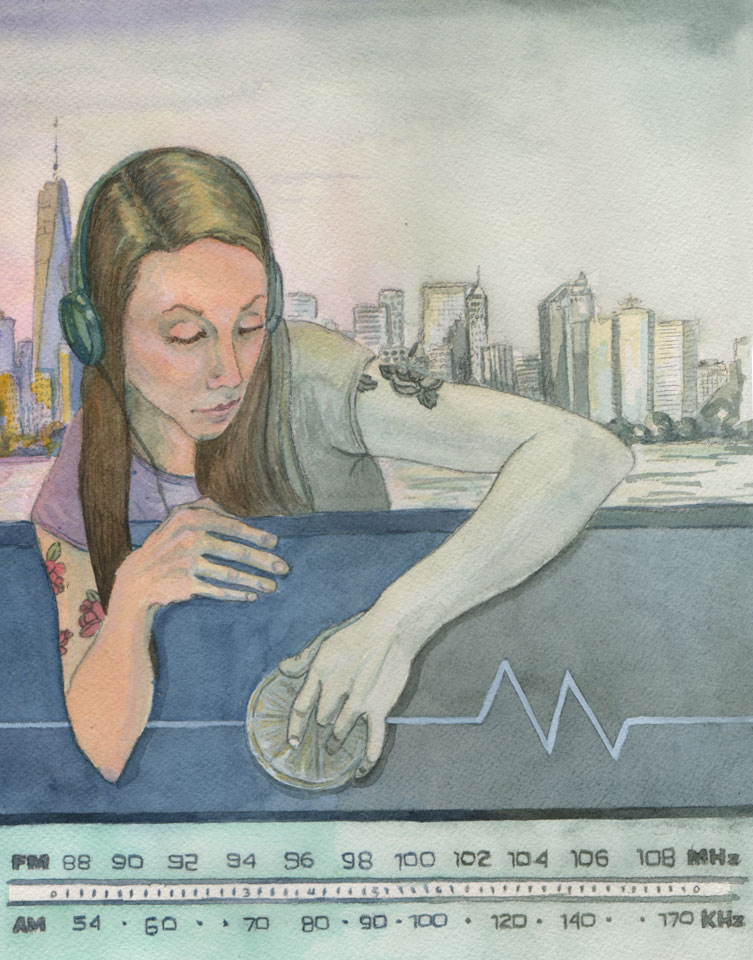
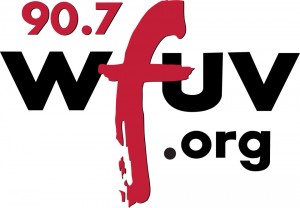 90.7 WFUV
90.7 WFUV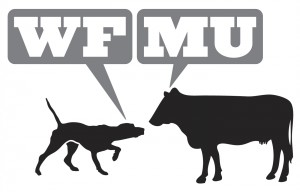 91.1 WFMU
91.1 WFMU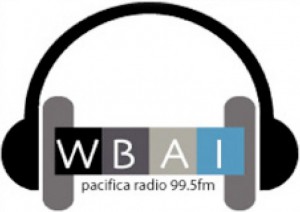 99.5 WBAI
99.5 WBAI WQXR 105.9
WQXR 105.9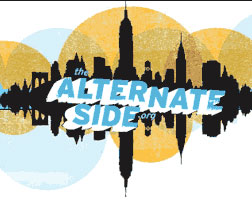 The Alternate Side
The Alternate Side NYC’s Soundcheck
NYC’s Soundcheck